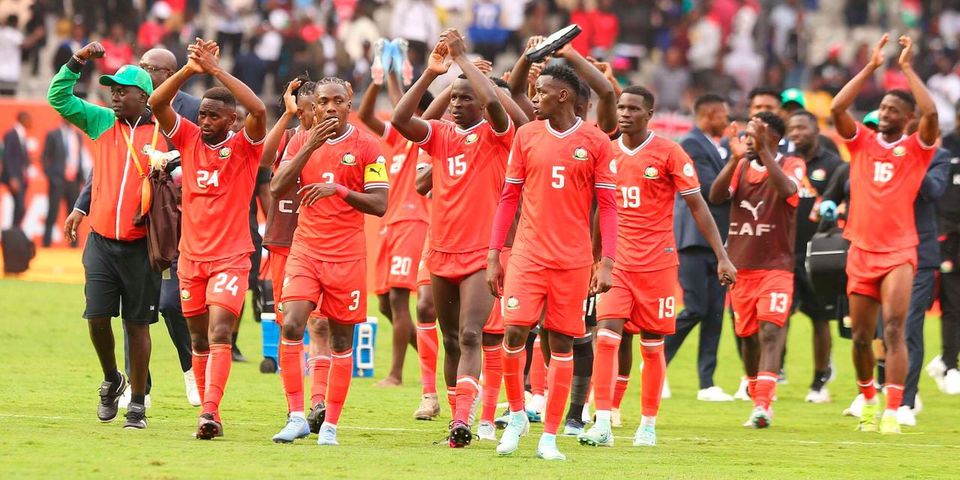Kenya’s experiment of integrating foreign-born players into the Harambee Stars setup was meant to elevate the team’s quality and competitiveness on the international stage. However, following a disappointing 2026 FIFA World Cup qualifying campaign, the strategy appears to have delivered limited results.
In recent years, Kenya has looked to its diaspora to bridge the perceived gap between local talent and African football powerhouses. Players raised or developed in Europe were expected to bring greater technical ability, tactical awareness, and professionalism. Yet, the evidence from recent qualifiers suggests that the foreign-born contingent has not made the desired impact.
Eight players either born or raised abroad featured for Kenya during the qualifiers, but only one, William Lenkupae, managed to impress consistently. The Finnish-based forward made six appearances and scored once, standing out as the only foreign-born player to record a goal contribution. The rest—Adam Wilson, Alfred Scriven, Daniel Anyembe, Ismail Gonzalez, Jonah Ayunga, Nabilai Kibunguchy, and Vincent Harper—struggled to cement their places in the starting lineup.
Most of these players ply their trade in lower-tier European or American leagues, far from the elite environments that produce Africa’s most successful foreign-born stars. This lack of top-level experience has translated into underwhelming performances for the national team. The contrast is clear when compared to Kenya’s past golden generation—players like Victor Wanyama, Michael Olunga, and Dennis Oliech, who developed locally before shining abroad.
Kenya’s situation also differs from North and West African nations such as Morocco, Algeria, and Senegal, whose foreign-born players hail from prestigious European academies and clubs. Kenya’s diaspora pool, while promising on paper, lacks that same level of pedigree and competitive exposure.
As coach Benni McCarthy and the Football Kenya Federation continue to search for talent abroad, the time may be ripe to reconsider priorities. Homegrown players, familiar with local playing conditions and driven by national pride, could offer a more sustainable foundation for future success.
Kenya’s football progress ultimately depends on long-term investment in local academies, youth structures, and league development. Until the country can attract elite diaspora professionals, the reliance on foreign-born players may remain a noble but low-return pursuit. The Harambee Stars’ resurgence will hinge not on where players come from, but on how well Kenya nurtures and develops its own talent.

